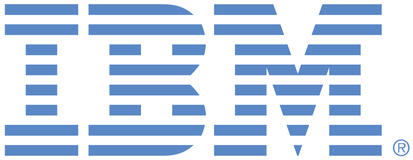
This portal is to open public enhancement requests against IBM Power Systems products, including IBM i. To view all of your ideas submitted to IBM, create and manage groups of Ideas, or create an idea explicitly set to be either visible by all (public) or visible only to you and IBM (private), use the IBM Unified Ideas Portal (https://ideas.ibm.com).
Shape the future of IBM!
We invite you to shape the future of IBM, including product roadmaps, by submitting ideas that matter to you the most. Here's how it works:
Search existing ideas
Start by searching and reviewing ideas and requests to enhance a product or service. Take a look at ideas others have posted, and add a comment, vote, or subscribe to updates on them if they matter to you. If you can't find what you are looking for,
Post your ideas
Post an idea.
Get feedback from the IBM team and other customers to refine your idea.
Follow the idea through the IBM Ideas process.
Specific links you will want to bookmark for future use
Welcome to the IBM Ideas Portal (https://www.ibm.com/ideas) - Use this site to find out additional information and details about the IBM Ideas process and statuses.
IBM Unified Ideas Portal (https://ideas.ibm.com) - Use this site to view all of your ideas, create new ideas for any IBM product, or search for ideas across all of IBM.
ideasibm@us.ibm.com - Use this email to suggest enhancements to the Ideas process or request help from IBM for submitting your Ideas.

Thank you for submitting your Request For Enhancement. After evaluating your submission, the decision at this time is to not provide this support.
IBM has received this requirement and is evaluating it. A response will be provided when evaluation is complete.
In response to the comment: How do you see this differing from the ACS macro record/playback function that already exists?
My understanding of a macro is that it is a set of commands that can be run sequentially (playback), for instance, to gather stats or creating listings to look for updates/differences. Those are two things for which I have used macros. As I understand this RFE, it is not set commands that can be played, it is returning to a previously entered screen, but not just to the screen but to the screen with the same data entered on it already. The OS option F9=Retrieve will return me to a screen, but if it is a menu option where I have entered parameters, it does not recall those parameters. I would need to re-enter the parameters. Additionally, the data that the users are entering is not consistent. It may be a different customer number, different policy number, different address, etc. and would change when the user is working with the next client. Though a macro can be edited, this would be above and beyond what would be expected in the role of the user.
How do you see this differing from the ACS macro record/playback function that already exists?
Attachment (Use case): 3rd Party Function Details
Attachment (Use case): Examples of how function is used